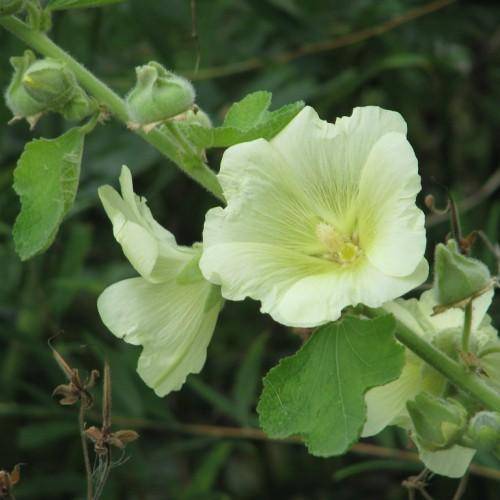
hollyhock
Alcea rugosa
Cycle:
Herbaceous Perennial
Watering:
Average
Hardiness Zone:
4 - 8
Flowers:
Flowers
Sun:
part sun/part shade
Leaf:
Yes
Growth Rate:
Low
Maintenance:
Moderate
Drought Tolerant:
Yes
Salt Tolerant:
Yes
Care Level:
Medium
watering
Water hollyhocks deeply and regularly, about once a week or when the top inch of soil has dried out. To maintain consistent moisture for your plants, use a soaker hose or drip irrigation system. Water in the morning, and be sure to soak the soil to a depth of 6 to 8 inches. During dry spells, increase watering to twice a week or more.
sunlight
Hollyhocks (Alcea rugosa) are shade-tolerant plants, so they do not need direct sunlight. They prefer part sun to filtered sunlight, so a spot with 4 to 6 hours of sun per day is ideal. If the plant is in direct sunlight for too long, it can become distorted or unhealthy. When planting hollyhocks, make sure they are not in an overly sunny spot that will cause them to wilt and suffer from too much heat.
pruning
Hollyhocks should be pruned annually. For best results, pruning should begin in early spring as soon as the plant starts to leaf out. Prune off any dead or diseased branches and remove any wayward growth that mars the overall shape of the plant. Cut back the plant to the desired shape. Pruning should be light, removing no more than 1/3 of the total growth of the plant. After the initial shaping, continue to deadhead the spent blooms throughout the season and pinch off any new growth that does not have buds on it. This will help keep the plant bushy and encourage more blooms.
